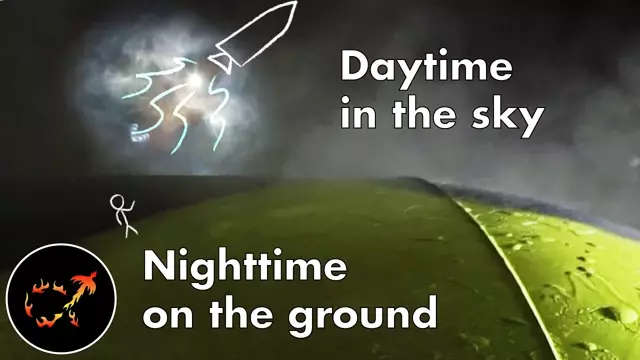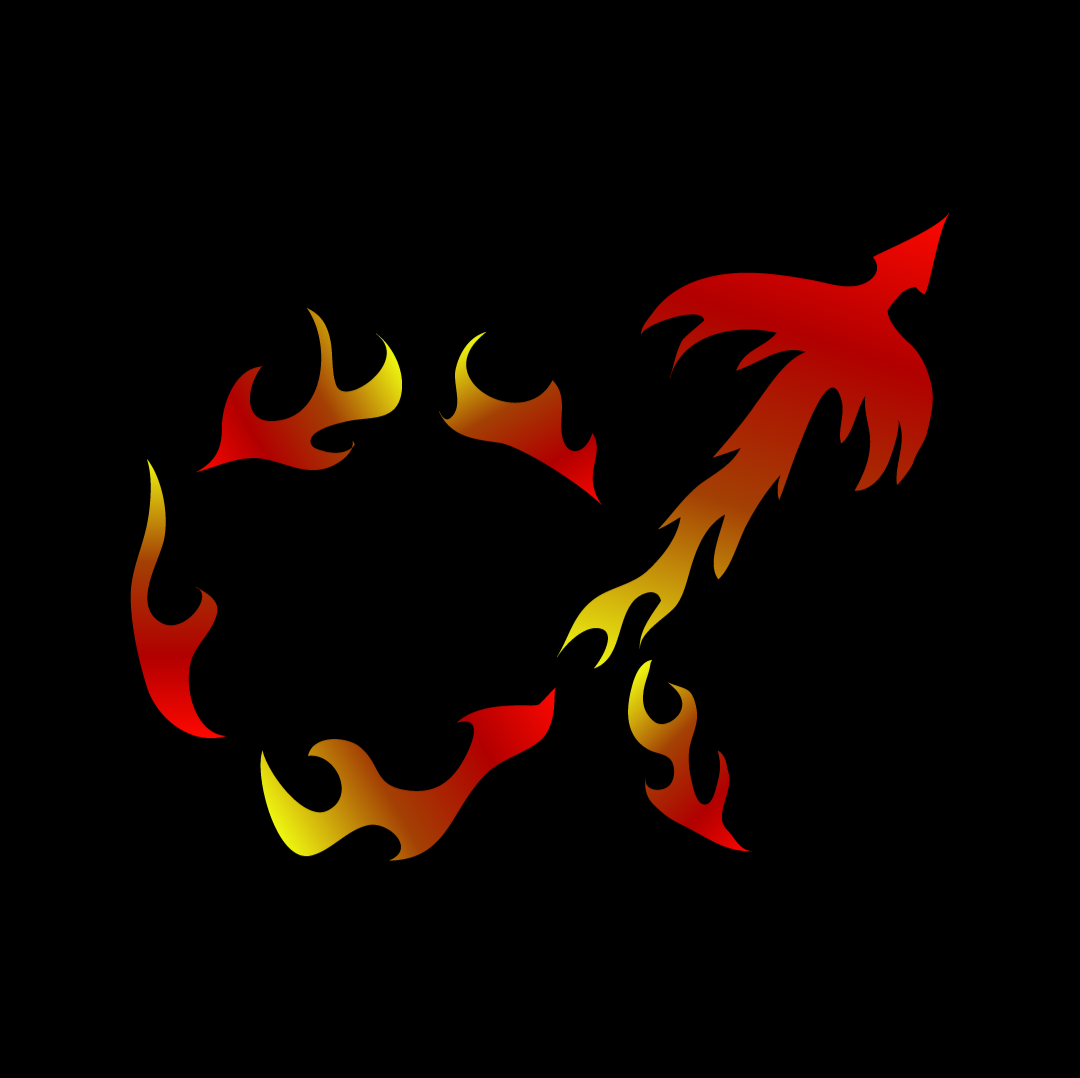2020-07-06
[public] 36.1K views, 2.26K likes, dislikes audio only
If you follow as much space news as I do, you've probably heard of Starlink, the low-earth-orbit satellite-internet megaconstellation of 12,000-40,000 satellites that theoretically will be able to provide global high speed, low-latency internet. At the cost… possibly… of filling the night sky with fake stars - little moving spots of light tracing out grids overhead ALL THE TIME. Elon Musk and SpaceX have gotten significant pushback from astronomers regarding this problem, but at this point, it's unrealistic to think the launches will stop, and we need to be thinking of ways to mitigate the effects the reflections will have.
In this video, I use a big scale model to explain how these satellites can be seen from Earth - how they reflect sunlight back towards Earth at night, and how this compares to the previous king of satellite flares, the first-gen Iridium constellation. I also replicate a scale model of the "visorsat" sunshade that will hopefully be effective in blocking the bright reflections from Starlink satellites that have yet to be launched. I also discuss the "twilight effect" that makes rocket launch exhaust plumes so incredible at dusk.
CORRECTIONS:
- the "bottom of space" arrow points to the highest livable altitude. The atmosphere still exists here, but it would imply that Everest climbers have been to space... maybe not accurate... the edge of space is often defined as the Kármán line, but humans would be dead long before getting there.
USEFUL DISCUSSIONS:
[reddit link soon probably]
Check out the other social media for updates and ramblings:
https://www.facebook.com/AlphaPhoenixChannel/
https://twitter.com/Alpha__Phoenix
#Astronomy #SpaceX #Starlink
Music in this video:
I Dunno by grapes is licensed under a Creative Commons Attribution license (https://creativecommons.org/licenses/by/3.0/)
http://ccmixter.org/files/grapes/16626
Till With Bell.wav from Benboncan is licensed under a Creative Commons Attribution license
Other references:
"Falcon 9 Nebula" - Brian Haidet
https://apod.nasa.gov/apod/ap181012.html
https://www.redbubble.com/i/art-print/Artificial-Nebula-by-BrianHaidet/34407841.1G4ZT
Starlink inspired satellite - 3d model by Michal_King
https://www.thingiverse.com/thing:4309237
Apollo 11 Saturn V launch - NASA, Public Domain
Parker Solar Probe rendering - NASA/Johns Hopkins APL/Steve Gribben, Public Domain
About 2 L of RP-1 - Maxhaot, Creative Commons, Attribution
A wad of United States dollars - Psychonaught, Public Domain
ISS, Crew 27 - NASA, Public Domain
Boeing 747 - Aero Icarus, Creative Commons, Attribution
Mount Everest as seen from Drukair - Bhutan Card 02 085, Creative Commons, Attribution
Starlink Launch Footage - SpaceX, Fair Use
Iridium first-gen replica - Cliff, Creative Commons, Attribution
Iridium coverage animation - GrandDixence@Wikipedia, Public Domain
Iridium NEXT Satellite - Iridium Communications, Fair Use
Starlink Satellite Renderings - SpaceX, Fair Use
Company Logos of: SpaceX, OneWeb, Amazon, Iridium, Fair Use
Cirero Tololo Observatory - Hernán Stockebrand, Creative Commons, Attribution
#FieldOfSatTrails Image - Twitter, Cliff Johnson, @lcjohnso, Fair Use
"Stalking Darksat" headline, UniverseToday.com, David Dickinson, Fair Use
VISORSAT headline, Twitter, SpaceNews, @SpaceNews_Inc, Fair Use
/youtube/channel/UCCWeRTgd79JL0ilH0ZywSJA
/youtube/video/2AXv49dDQJw
/youtube/video/1YorUDE0f9g
/youtube/video/WimDiqq5Iqk

